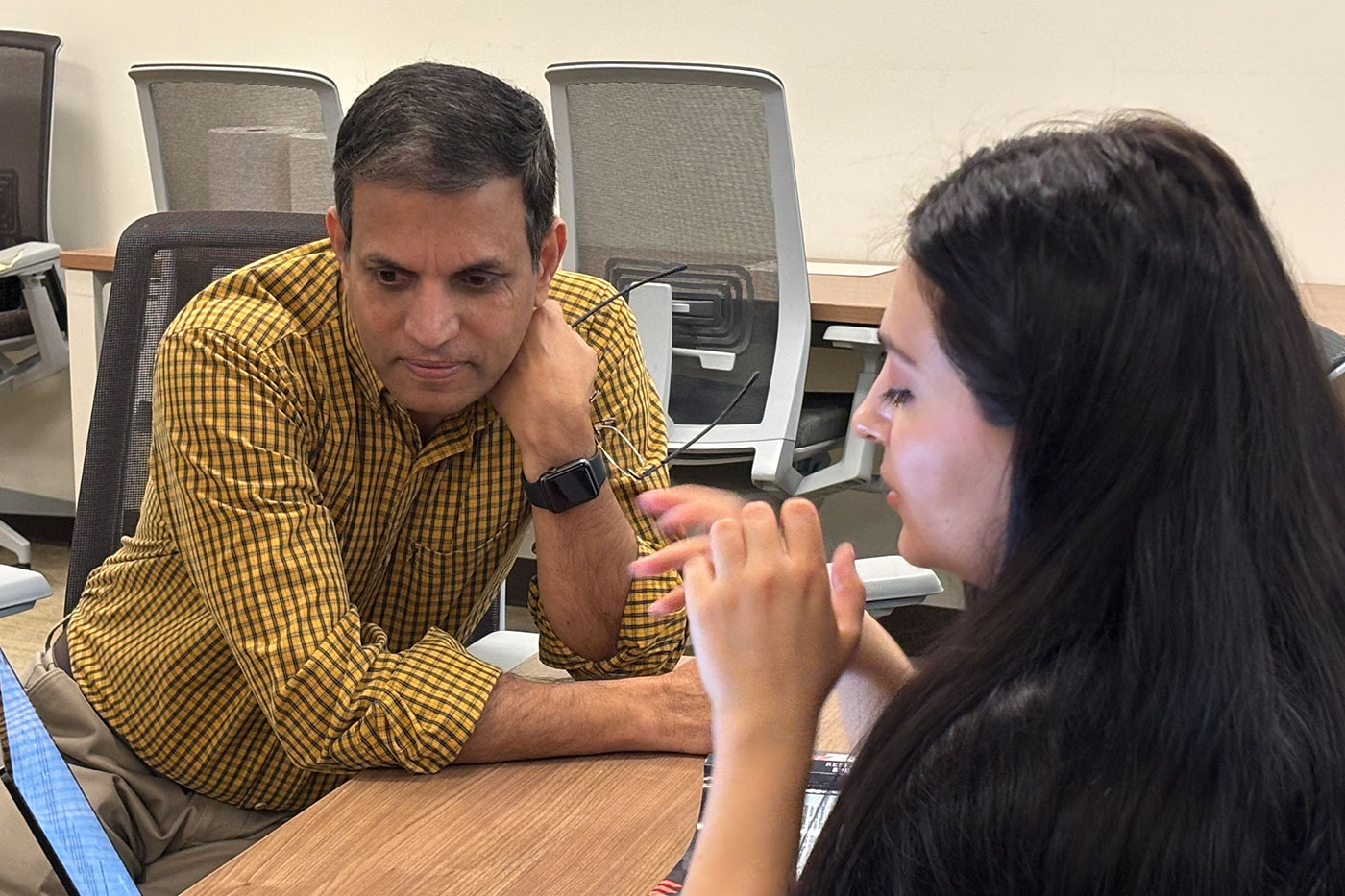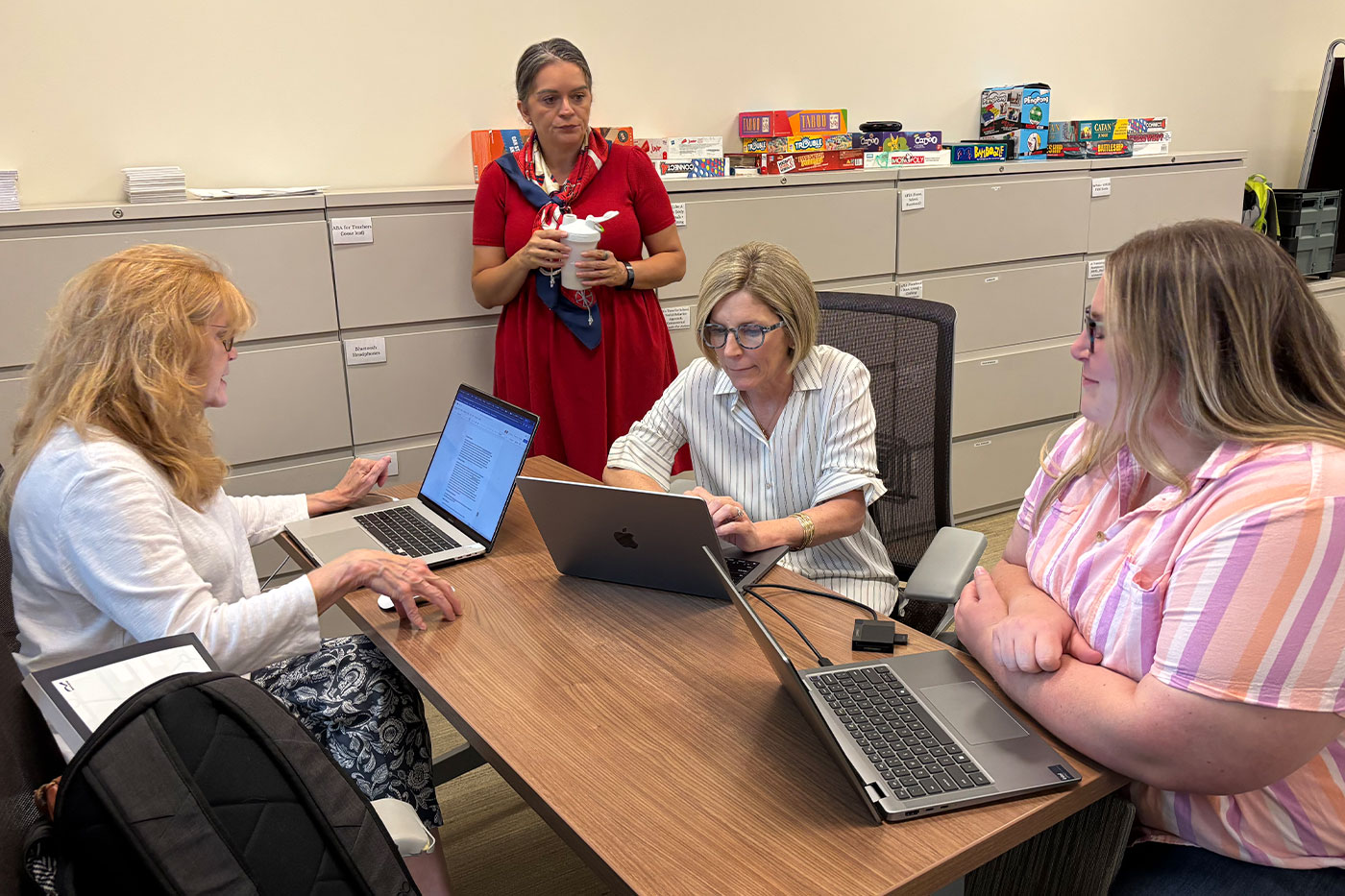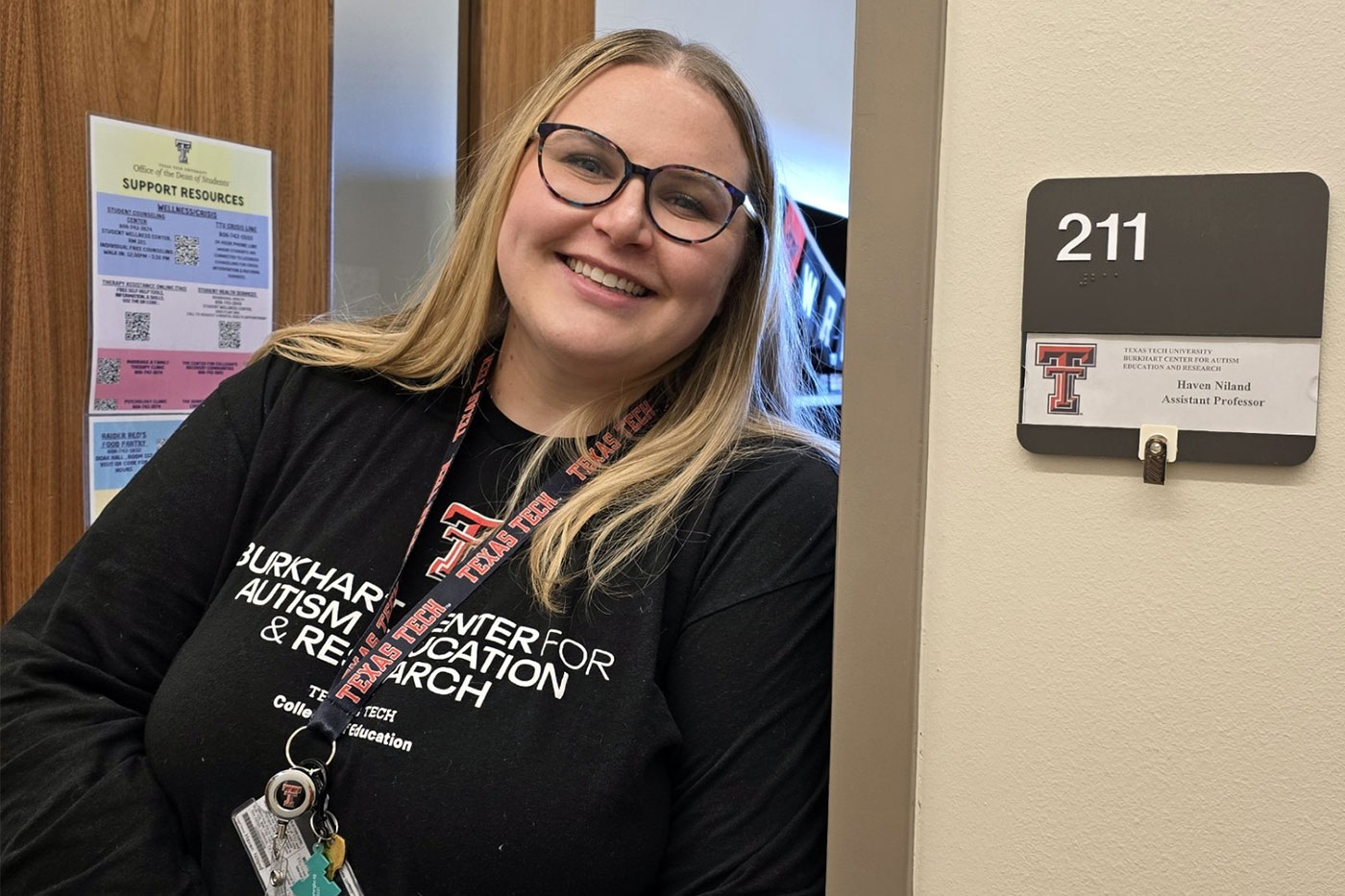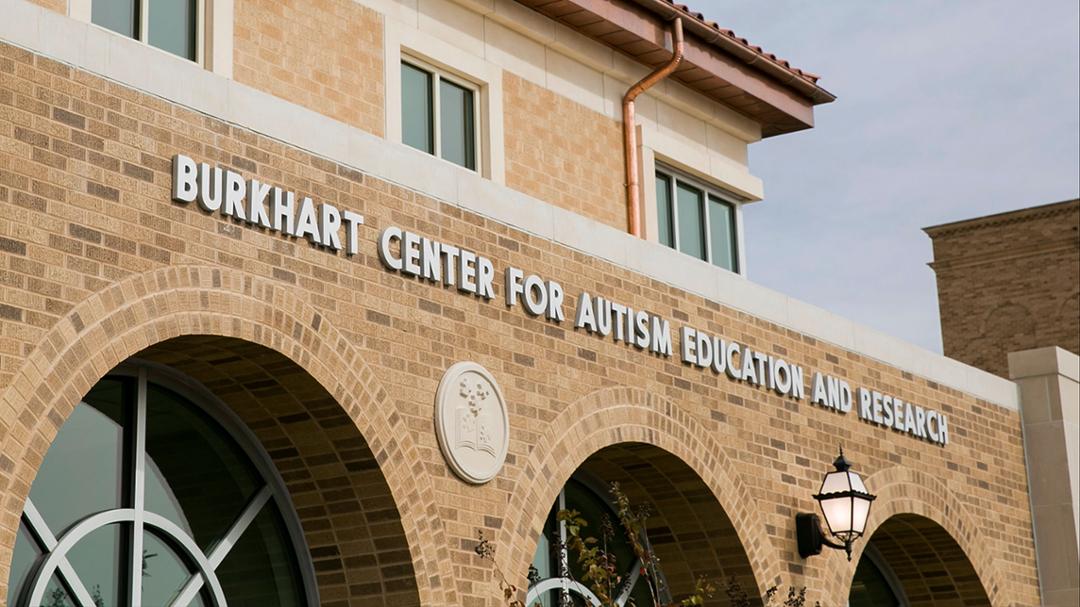Junior and senior faculty in the Burkhart Center for Autism Education & Research team up to hone grant-writing skills.
When new pre-tenure faculty members are hired, especially by a Carnegie Classification of Higher Education "Very High Research Activity” Institution like Texas Tech University, there is usually an expectation of future acquisition of grants and other research funds. To a newly minted assistant professor, this is anticipated but can still be a bit overwhelming.
Texas Tech’s College of Education and its Burkhart Center for Autism Education & Research went about easing some of that anxiety with its inaugural Summer Research Fellows initiative. The essence of the program was to group junior and senior faculty members together so the more experienced could teach the more novice educators best practices and demystify grant writing.
The fellowship was the brainchild of a formidable trio: College of Education Dean Kamau Siwatu; Associate Dean of Research Shirley Matteson and Special Education (SPED) Department Chair Joe Claudet.
The fellows comprised five junior faculty and two senior faculty. The three originators found grant money by way of Facilities & Administration (F&A) funds to support the five fellows’ summer stipends. The SPED Department covered the stipends for the two faculty mentors, Jennifer Hamrick, Jere Lynn Burkhart Regents Professor & Director of the Burkhart Center and Applied Behavior Analysis program coordinator; and SPED Professor Devender Banda.

Hamrick and Banda have worked together on several grant submissions over the years and have a good collaborative working relationship. With the five junior faculty that were chosen, Hamrick and Banda encouraged cooperation among the teams – the five worked in pairs or trios – in collaboration with the Burkhart Center.
For instance, Hamrick said if they have an idea that has potential for funding, it might be something they could collaborate on with the center, as there are a lot of foundational-type grants and other grants outside of federal funding it sometimes has access to if the idea is specific to working with individuals with autism.

“We had some faculty working together as a group on a collaborative grant, and then we had some others working with either Dr. Matteson or myself to come up with something that would still look specifically at their research interest and make it collaborative with Burkhart,” Hamrick explained. “This was a great opportunity for them to collaborate and also learn some of the basics of grant writing.”
Hamrick reiterated that even if the faculty member doesn’t have a set funding entity in mind, there are some basics that go into every grant proposal – for instance, the significance and the need, and what the funds would be used for; what they need to make it work if they’re writing it from the standpoint of it being a seed grant, which is a smaller dollar amount.
A seed grant gives researchers the data to then be able to write a larger grant in the future. That’s something to think about if one has never written or received a federal grant before. Hamrick and Banda talked about large federal grants, state-level grants and foundation grants; fellows were given examples of each that Banda and Hamrick have worked on in the past.
One relative newcomer, Haven Niland, just finished her first year as an assistant professor in the College of Education’s Applied Behavior Analysis program. Her doctoral degree is in health services research, and she came to Texas Tech by way of The Johns Hopkins University School of Medicine and its Kennedy Krieger Institute – no minor credentials. She is in charge of compliance for the Burkhart Center – think HIPAA and other privacy issues.
“Since the grant-writing expectations of faculty are significant, I definitely jumped at the chance to get some mentoring on grant writing,” Niland said. “And collaborating on interdisciplinary projects just opens doors for the different kinds of work that I could do.”

As faculty, Niland says they get to pick and choose how they want to spend their summer depending on their priorities. As pre-tenured faculty, she wants to choose wisely those things that will help her, thinking six years ahead to applying for tenure, but also establishing a healthy, sustainable research line.
The research fellow meetings included faculty from a variety of areas, most of them from the literacy program. Such was the focus of the two faculty members Niland worked with from the college’s Teacher Education Department – Linnie Greenlees and Lacy Brice. Rounding out the five fellows were Catherine Lammert, also in Teacher Education and Merve Basdogon, from Curriculum & Instruction.
“It was quite fun,” Niland said with a grin. “Most of our conversations were like, ‘I’m not sure what you do, but let’s find the overlap.’”
Meeting weekly during June and July – one month in person and the next online – Niland had dedicated time to devote to grant writing. The focused program helped her not feel overwhelmed.
“I didn’t have to be like, ‘Oh my gosh, I need to fit in grant writing every week, but when am I going to do it?’,” Niland exclaimed, feigning panic. “I had a specific time, and I think for a lot of us, I’ll speak for myself, the accountability of meeting with a group was really fantastic.”
Niland’s group prepared a draft of a proposal for the Organization for Autism Research, which offers $50,000 grants. Her trio felt that could be a good starting point as they pilot something that could later turn into multiple fundable projects as they gather initial data and get a project off the ground. The actual proposal wouldn’t be due until next spring.
The advantage of the research fellowship, Niland said, is the ability to work on it all summer, so when spring comes, they won’t be scrambling to write from scratch.
“And I will already know these incredible faculty,” she beamed. “I would certainly recommend this to any incoming faculty or junior faculty if the opportunity’s available to them, simply because of the relationships I established. It really contributed to me being able to broaden my research agenda and have a final product I can submit somewhere but also have in my back pocket in case other great funding opportunities come up.”

